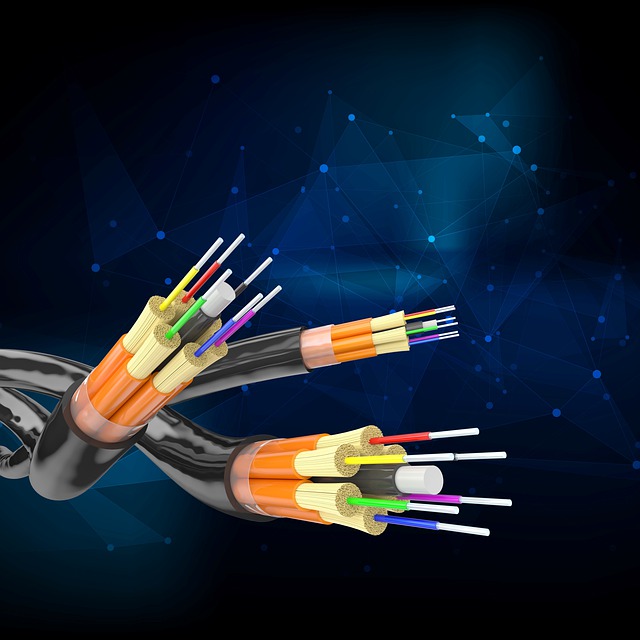
Cables are available in different types. In addition to twisted pair cables, for instance, there are multicore cables. Multicore cables are commonly used in electrical applications. They can carry electricity from a source to a device while offering multiple connections.
What Is a Multicore Cable?
A multicore cable is any type of cable that features multiple cores. Each core is a separate connection. Some multicore cables feature two cores, whereas others feature three or four cores. Regardless, all multicore cables feature multiple cores.
A core is a connection. Cores are achieved using conductors and a connector, the latter of which is used to connect a cable to a device. All multicore cables have multiple connectors.
Multicore Cables vs Standard Cables
Multicore cables aren’t the same as standard cables. Standard cables have multiple conductors, whereas multicore cables have multiple cores.
While some people use the terms “cores” and “conductors” interchangeably, they refer to different things. A core is a separate, usable connection in a cable. A conductor, on the other hand, is a wire or bundle of wires that’s designed to carry electricity.
All cables have multiple conductors. That’s essentially what distinguishes them from wires. Only multicore cables, however, have multiple cores. Standard cables have a single connection consisting of multiple conductors. All of the conductors converge at a single connection. Multicore cables have multiple connections.
It’s important to note that multicore cables have a single jacket. The jacket is the outer sheath that encompasses the conductors. Multicore cables and standard cables alike feature a single jacket. The jacket protects the inner conductors from environmental and stress-related damage. Multicore cables have multiple conductors — along with connections — but they share the same jacket.
What Are Multicore Cables Used For?
Multicore cables are commonly used in audio and video applications. There are snake cables, for instance, that are used for the transmission of analog audio signals.
Many closed-circuit television (CCTV) security systems use multicore cables. They feature a coaxial cable placed inside the same jacket as the power cable. Since the coaxial and power cables share the same jacket, this creates a multicore cable.
Some computer networks use multicore cables as well. They feature multiple pairs of twisted pair cables in a single jacket. These Ethernet-style multicore cables allow for streamlined connections.
In Conclusion
Not all cables have a single connection. Some of them have two or more connections. Any cable with multiple connections such as this is a multicore cable.

